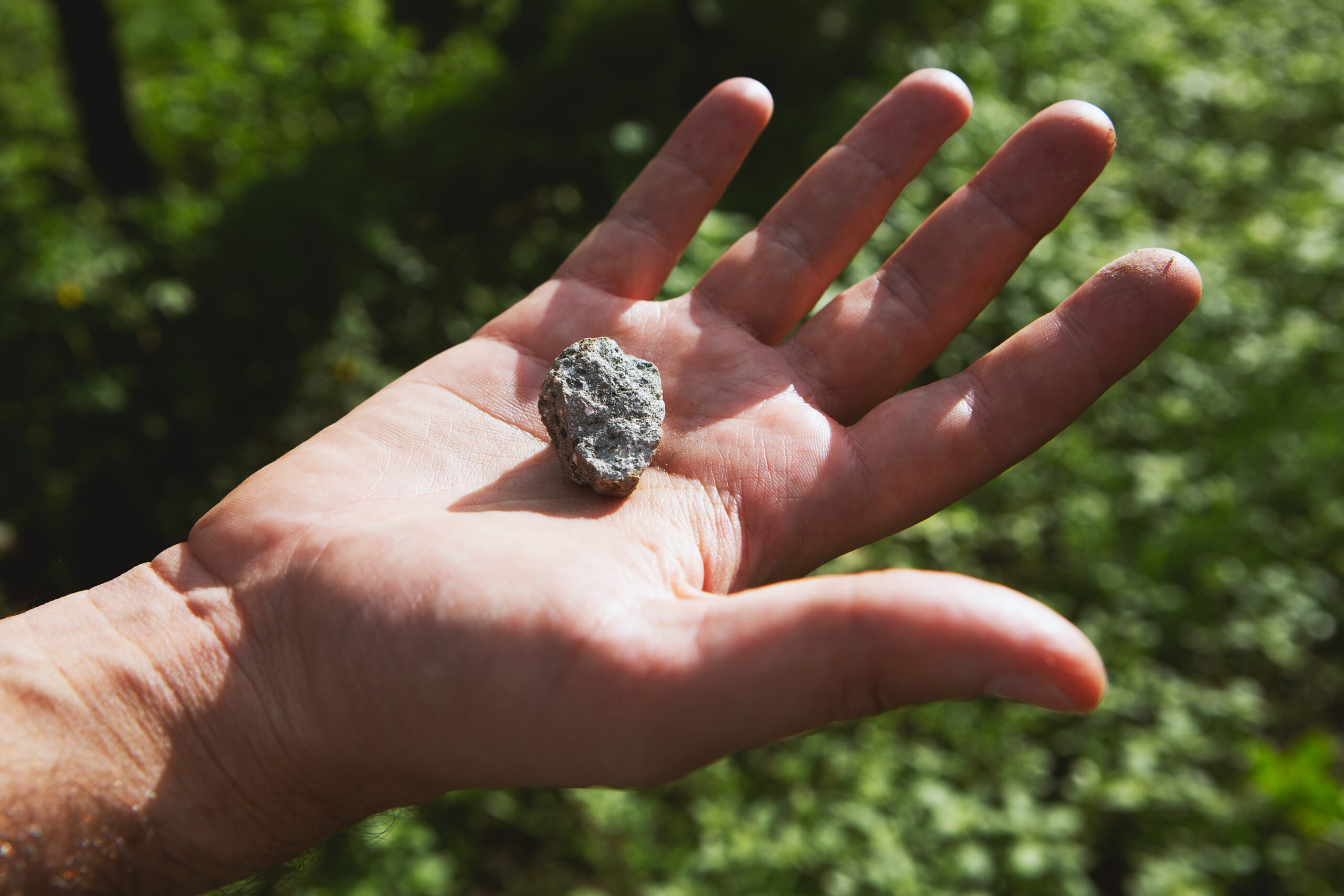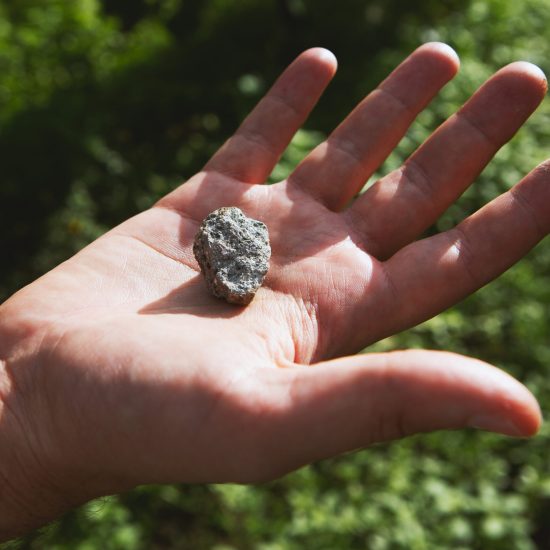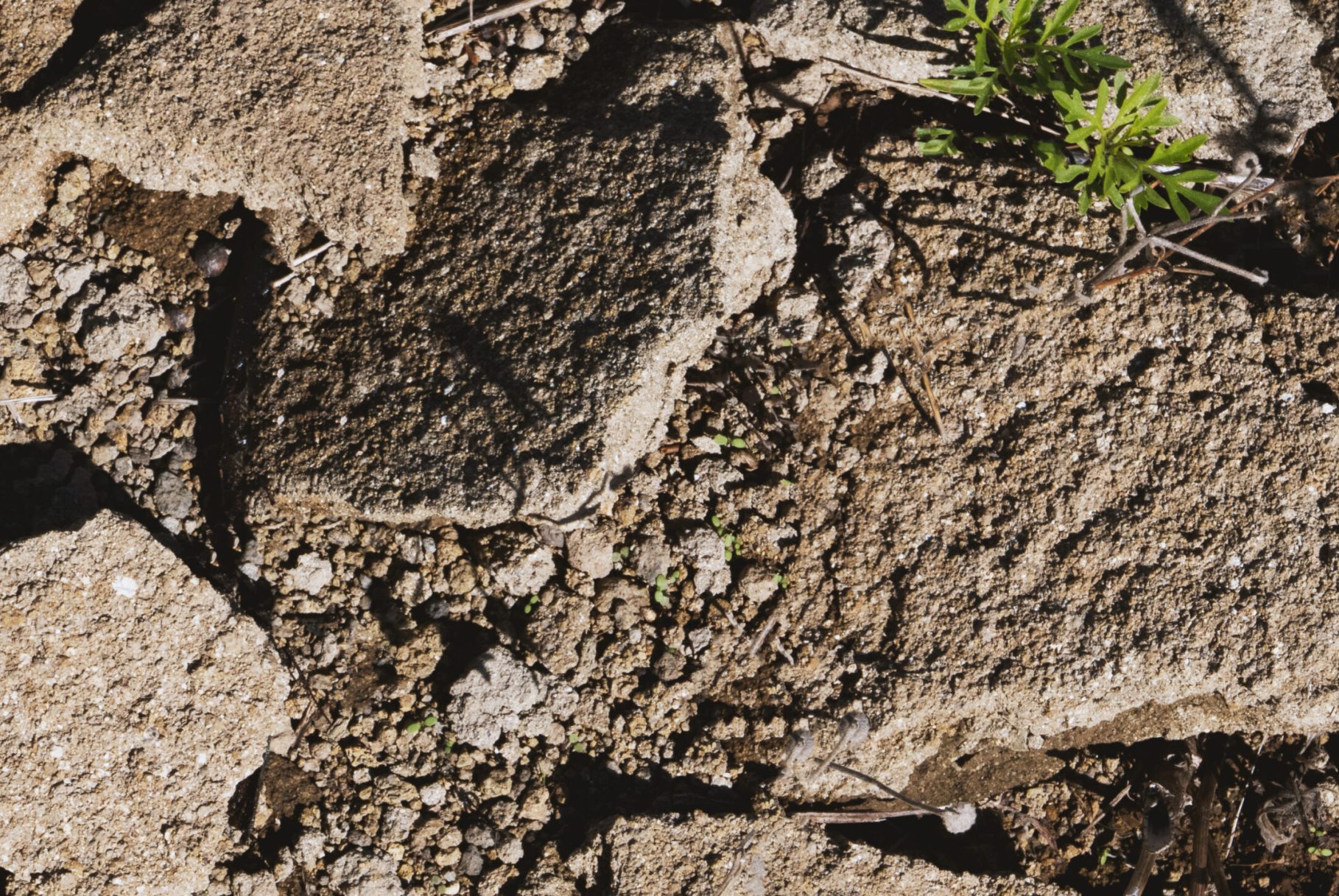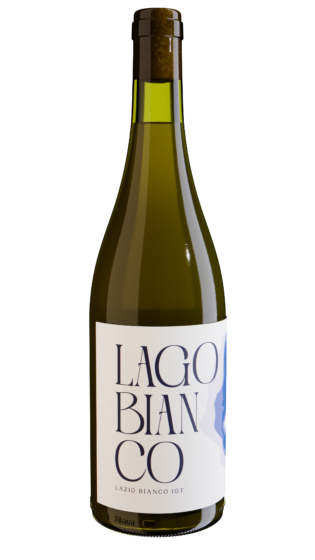T e r r o i r

Lake Bolsena has a terroir unique in the world. It is located at the heart of the Vulsino volcanic district, an area that experienced intense volcanic activity during the Pleistocene epoch (600,000-100,000 years ago), impacting five distinct areas with different geological ages: Paleobolsena, Bolsena-Orvieto, Latera, Montefiascone, and Neo-Bolsena.
Terroir
T h e r o o t s o f o u r w i n e


The volcanic activity was explosive, with a volume of ejected material comparable only to the eruptions of the Campi Flegrei. As a result, the entire area was covered by a diverse range of pyroclastic materials: lapilli, tuff, peperino, volcanic ash and sand, pumice stone, and basaltic material. This creates a geologically complex, fragmented, and disrupted terroir, whose morphological, structural, geophysical, and geochemical characteristics are still being explored.
The soils covered by these materials are rich in essential nutrients such as nitrogen and minerals like potassium, iron, manganese, and silicates. These minerals impart a pronounced salinity and minerality to the wines, giving them freshness and vibrancy, with excellent aging potential. The volcanic soils, rich in well-draining and light sands and ashes, allow the vines to develop deep roots, crucial for water supply during today’s drought periods by tapping into deep aquifers. Additionally, the porous structure of the soil promotes good air circulation around the roots, reducing the risk of water stagnation and root diseases.
This geological condition also provides a physical shield against phylloxera root attacks, allowing the preservation of some ancient ungrafted vines, originating from old vineyards or used for vineyard reinforcement.
Today, the Vulsino Volcanic District is dominated by the vast caldera that houses Lake Bolsena, surrounded by hills rising up to 600 meters. These elevations ensure full phenolic ripeness due to the significant temperature variations between day and night.
